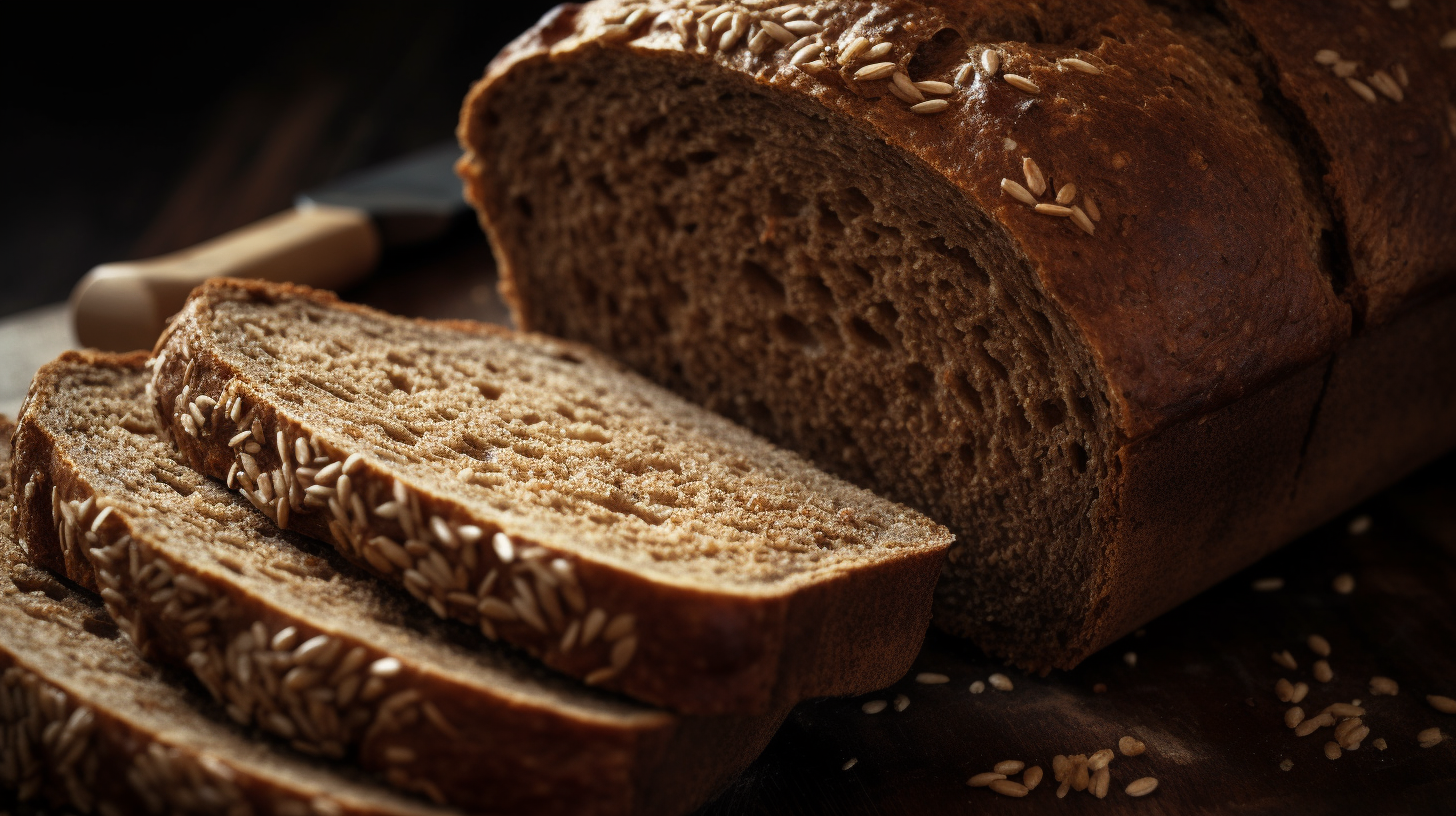Published Date January 24, 2003
Ketogenic Diet: Ignite Your Fat-Burning Furnace
By Naurin Ansari
3 min read
Last update date: January 24, 2003

In recent years, the ketogenic diet, or keto diet, has gained significant popularity as an effective way to lose weight and improve overall health. This low-carbohydrate, high-fat diet promotes the body's natural state of ketosis, where it burns fat for fuel instead of carbohydrates.
In this article, we will explore the fundamentals of the keto diet, including what foods you can eat, the benefits of the diet for weight loss, who should avoid it, and how it works.
How Does Keto Work?
The ketogenic diet functions by reducing carbohydrate intake, which is the primary energy source for the body. In the absence of sufficient carbohydrates, stored fat is broken down and converted into ketones, serving as an alternative fuel source. Nevertheless, it's crucial to recognize that weight loss is still influenced by calorie balance. Consuming excess protein and fat, even within the framework of a ketogenic diet, can impede weight loss if overall calorie intake surpasses the body's needs.
Understanding the underlying mechanism of the ketogenic diet is vital. By significantly limiting carbohydrates, the body enters a metabolic state called ketosis. During ketosis, the liver transforms fats into ketones, which provide energy for the brain and other organs, stimulating heightened fat-burning and subsequent weight loss. Maintaining ketosis requires careful attention to the macronutrient composition of meals. [1][2]
What Foods Do You Eat on a Keto Diet?
When following a ketogenic diet, it is important to understand the types of foods that are suitable for this low-carbohydrate and high-fat eating plan. Here are some key points to consider when selecting your meals.
- Non-starchy vegetables: A ketogenic diet encourages the inclusion of non-starchy vegetables that are low in calories and carbohydrates while providing essential nutrients such as vitamin C and minerals.
- Antioxidant-rich vegetables: Non-starchy vegetables in the ketogenic diet offer antioxidant properties that help protect against cell-damaging free radicals.
- Suitable vegetable options: Bell peppers, cauliflower, green beans, broccoli, zucchini, and spinach are excellent choices for their low-carbohydrate content and nutrient density.
- Cheese as a keto-friendly choice: Cheese is a suitable option for the ketogenic diet as it contains zero carbohydrates and is high in fat, making it a satisfying addition to meals.
- Emphasis on high-quality fats: Healthy fats such as avocados, olive oil, nuts, and seeds should be incorporated as staples in the ketogenic diet to provide the necessary energy and promote satiety.
- Moderate protein sources: While protein is an important component of the diet, it should be consumed in moderation. Lean meats, fish, and eggs can serve as excellent sources of protein while maintaining appropriate balance.
- Low-carbohydrate vegetable choices: Vegetables that grow above ground, including leafy greens, cauliflower, and broccoli, are excellent options for their low-carbohydrate content, making them suitable for the ketogenic diet.
- Moderation with dairy products: Dairy products like cheese and full-fat yogurt can be included in moderation as they provide additional sources of fat and protein in the diet.
By following these guidelines, individuals can successfully adhere to the principles of the ketogenic diet, which involves limiting carbohydrate intake while emphasising on healthy fats, moderate protein, and nutrient-rich non-starchy vegetables.
These food choices can help achieve and maintain a state of ketosis, promoting weight loss and overall well-being. [3][5][6][7]
Can I Eat Bread When I Am on Keto?
The quantity of bread consumed determines its compatibility with the ketogenic diet. Since the diet restricts carbohydrate intake, the brain relies less on glucose and instead utilises fat as fuel. To maintain the state of ketosis, it is necessary to consume fewer than 120-130 grams of carbs per day. Considering that a single piece of bread may contain around 20 grams of carbohydrates, it can be included in moderation while adhering to the diet.
If you are following a low-carb or keto diet, you typically have a carbohydrate allowance of 50-100 grams. You can choose how to distribute these carbs throughout the day. If you opt for bread as part of your carb intake, it can be enjoyed as long as it doesn't exceed your carbohydrate limit.
One of the primary challenges of the ketogenic diet is avoiding high-carb foods like bread, pasta, and grains. These foods can disrupt ketosis due to their carbohydrate content. Nonetheless, there are alternatives available, such as keto-friendly bread made from almond or coconut flour. These options can be consumed in moderation while maintaining a ketogenic lifestyle. [4]
Is Keto Good for Weight Loss?
- Rapid weight loss mechanism: Research has shown that a ketogenic diet can induce rapid weight loss, attributed to water loss and fat reduction.
- The metabolic state of ketosis: By reducing carbohydrate intake and increasing fat consumption, the ketogenic diet prompts the body to enter a state called ketosis, where it becomes efficient at burning stored fat for energy.
- Effectiveness for weight loss: Keto diet has been proven effective for weight loss by promoting fat burning through ketosis and controlling appetite, leading to reduced calorie intake.
- Individual results may vary: It is important to note that the outcomes of the keto diet can vary from person to person, and it is advisable to seek guidance from a healthcare professional before starting any diet plan. [8][9]
Who Should Avoid Keto?
While the ketogenic diet offers numerous benefits, it may not be suitable for everyone. Every body's response to different diets can vary, and people with specific conditions or needs should exercise caution or avoid the keto diet. These include people with a medical history, serious health conditions, eating disorders, lethargy, naturally slim body structures, or those requiring a higher carbohydrate intake.
Certain groups, such as those with pancreatic or liver disease and pregnant or breastfeeding women, should also seek medical advice to ensure the diet is safe and appropriate for their situation.
Prioritising health and well-being is crucial, and personalised guidance from healthcare professionals can help ensure that any dietary changes align with individual health needs and goals.[10]
Takeaway
The keto diet offers a unique approach to weight loss and improved health by shifting the body's energy source from carbohydrates to fats. By carefully selecting your food choices and adhering to the principles of the diet, you can achieve ketosis and enjoy the associated benefits. However, it is crucial to consult with a healthcare professional before starting any new diet, especially if you have underlying medical conditions. Embrace the keto lifestyle mindfully, and reap the rewards of a healthier, more energetic you.
References
- https://www.healthline.com/nutrition/ketogenic-diet-101#what-it-is
- https://maxliving.com/healthy-articles/the-keto-diet/#:~:text=On%20a%20keto%20diet%2C%20you,literally%20burning%20fat%20for%20fuel!
- https://www.eatingwell.com/article/291245/complete-keto-diet-food-list-what-you-can-and-cannot-eat-if-youre-on-a-ketogenic-diet/
- https://prekure.com/can-i-eat-bread-if-im-on-a-low-carb-or-keto-diet/
- https://www.womansday.com/health-fitness/nutrition/a25602934/keto-diet-foods/
- https://www.everydayhealth.com/ketogenic-diet/foods-you-can-t-eat-on-keto-and-what-to-choose-instead/
- https://www.dietdoctor.com/low-carb/keto/foods
- https://www.bbc.co.uk/food/articles/keto_diet_weight_loss#:~:text=Research%20has%20shown%20a%20ketogenic,will%20lead%20to%20weight%20loss
- https://vitagene.com/blog/keto-diet/
- https://wellversed.in/blogs/articles/who-should-not-follow-a-keto-diet
Keep reading
Choose Healthy With Us.
Know the real truth about your food. Stay informed and healthy, for free.

Download the App Now
Certified nutritionists trust our food recommendations. Safe to say, so can you :)














